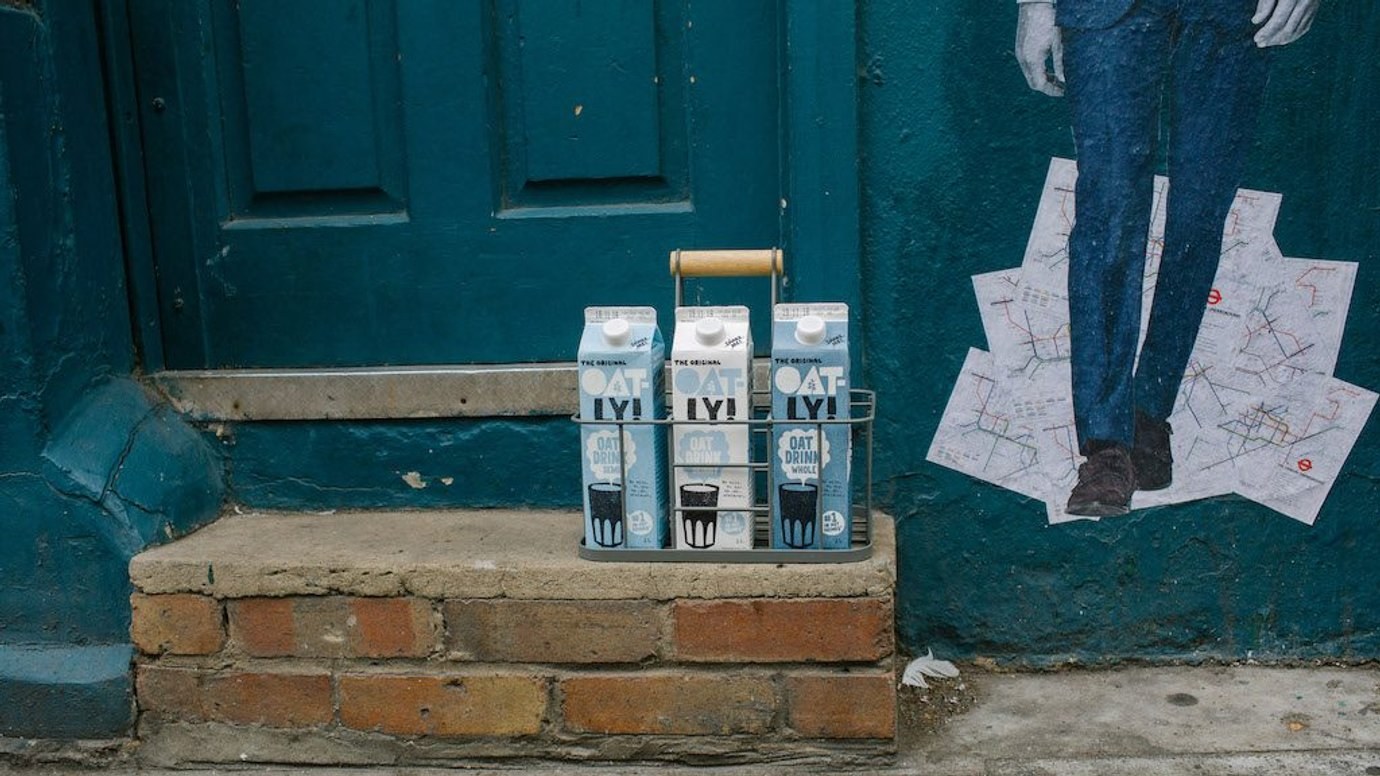

Jun 22, 2023
Swedish alternative milk company Oatly has created a website spotlighting all of its negative press over the past few years. Styled ‘Fck Oatly,’ the website acts as a timeline of their most high-profile controversies over time. From allegedly unethical investments to copyright disputes, each controversy has its own page, complete with screenshots of online interactions where Oatly has replied to negative comments and tweets. In their own words:
“Why would we build such a website? That’s a great question! For starters, it’s super convenient to have the latest boycotts and criticisms all in one place. But more importantly, we’re not the type of company to hide from moments like these. We see all the negative headlines, posts and petitions as an inevitable consequence of trying to create positive societal change.”

Brand transparency is becoming increasingly important among consumers. Approximately 90% of consumers now say that transparency is an important factor in purchase decisions, across sustainability, to impact, to hiring practices, supply chains, and many more.
Oatly’s way of handling negative press is a move of radical transparency, striking an irreverent and light tone, whilst still acknowledging the mistakes they’ve made along the way. They shine a light on their own mistakes, but do so on their own terms, taking the opportunity to give justifications for each of these mistakes, whilst remaining light and comedic.
Of course, Oatly has always been known for their humorous, irreverent brand voice, and are able to acknowledge these controversies in a way that aligns with the image they’ve previously curated for themselves. While this tone of voice may not be something that all organisations feel comfortable embracing, there’s plenty of examples of businesses that have taken similar approaches in less provocative terms. Take for example Ace & Tate’s statement owning up to all the mistakes they made in the process of becoming a B Corp - radical transparency done in a matter-of-fact manner.
Ultimately, what these PR moves, and their subsequent distress, demonstrates, is the importance of full transparency and the benefits of owning up to your mistakes. How are you incorporating transparency into the way you communicate values and impact, and how are you owning up to the mistakes you make?